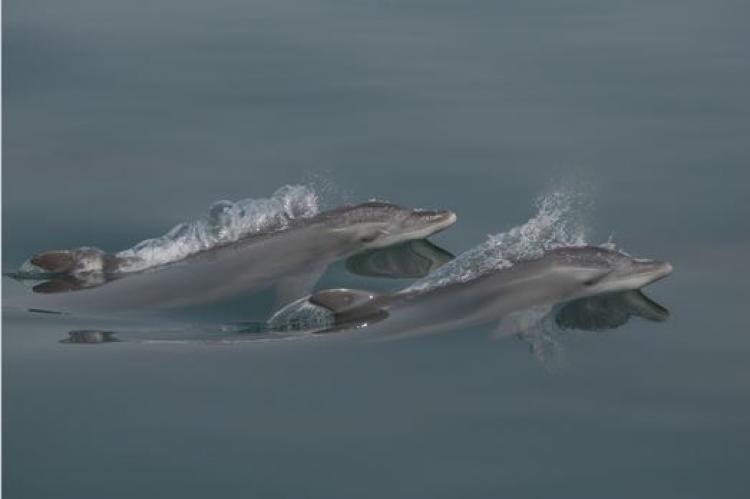Two dolphin species in Bangladesh found to be genetically distinct
Two species of dolphins in the waters off Bangladesh are genetically distinct from those in other regions of the Indian and western Pacific Oceans, according to a new study. This discovery supports a growing body of evidence that the Bay of Bengal harbours conditions that drive the evolution of new species.
Using DNA from skin samples collected from the Indo-Pacific humpback dolphins (Sousa chinensis) and Indo-Pacific bottlenose dolphins (Tursiops aduncus), alongside data from previous genetic studies, scientists from American Museum of Natural History, Wildlife Conservation Society (WCS) and the Centre for Ecology, Evolution and Environmental Changes at Universidade de Lisboa (cE3c) found these species were genetically discrete from nearby populations.
“Our findings indicate that there is a connection between the presence of these distinct populations of dolphins and the unique oceanic habitat that is found in the Bay of Bengal. The combination of a biologically rich yet isolated seascape could be driving speciation, or the emergence of new species,” said lead author Dr Ana R Amaral, of cE3c.
The Bay of Bengal in the northern Indian Ocean receives vast amounts of freshwater and organic matter from the Meghna, Brahmaputra and Ganges Rivers. This confluence also supports the world’s largest mangrove forest. In deeper waters, a submarine canyon called the Swatch-of-No-Ground (SoNG) recycles nutrients through upwelling. All these factors create a biologically productive coastal region with a complex interchange of currents that lead to conditions for species to become isolated from other parts of the Indian Ocean.
“The discovery of genetically distinct dolphin populations helps us to expand the body of knowledge of how these dolphin species have changed over time,” said Howard Rosenbaum, Director of WCS’ Ocean Giants Program who added that “these results have significant implications for identifying unique marine mammal populations, which in turn have important conservation implications for safeguarding the long-term biodiversity in this region.”


